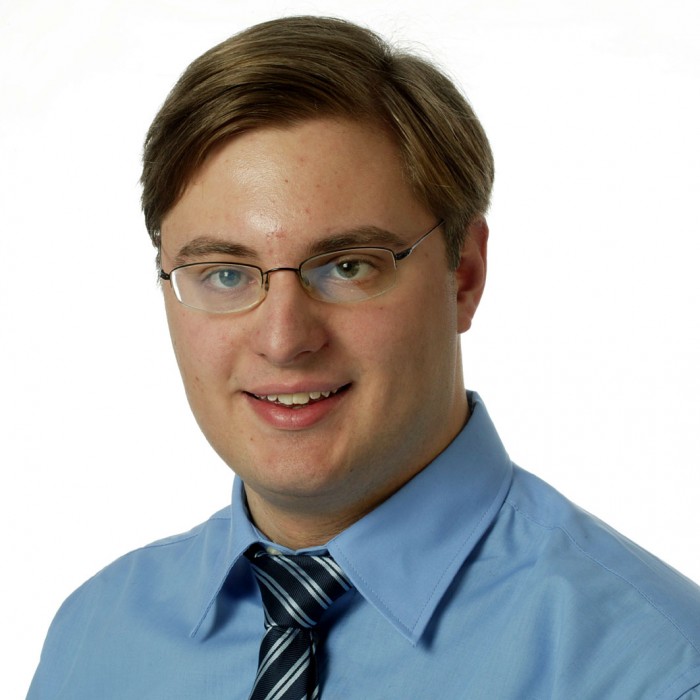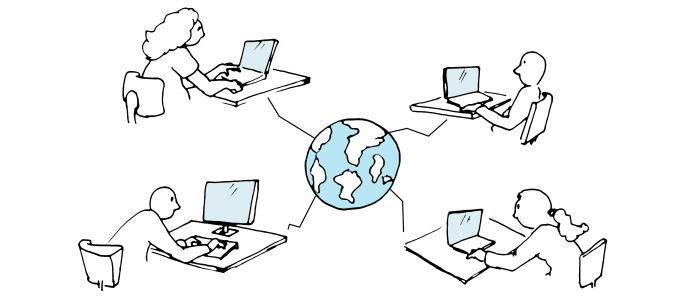Teacher: Bjarne Simmelkjær Sandgaard Hansen

Teacher: Bjarne Simmelkjær Sandgaard Hansen

“We had developed this very ambitious course concept called Roots of Europe”, Bjarne says. The idea was to invite world-class researchers from different research fields such as historical linguistics, religious studies, archaeology and population genetics. “So we had a great concept all set up, and we had made all the connections with the relevant researchers, but in the end we didn’t get the funding necessary to invite all these great people to Copenhagen.” In spite of the lack of funding, Bjarne was convinced he and his colleagues would still be able to run the course using some form of video conferencing.

In previous courses Bjarne had used streaming and video podcasting as an integrated part of his teaching (see Bjarne’s article on his courses here), so thinking in those terms wasn’t new to him. “I was sure there was some way we could bridge the interdisciplinary gap without flying people half way round the world.”
“In the semester before the course took place I attended a workshop on online meetings and teaching. I was introduced to Adobe Connect as a platform for video conferences, and I thought this could help solve the logistical problems we were facing. I got familiar with the platform and felt confident that we could use it to invite the teachers who couldn’t be on campus.”
“Really well”, Bjarne says. In the students’ evaluation of the course, they emphasised the benefits of having high-profile researchers from around the globe putting forward their perspectives on the same topics. Because it all took place through an online conferencing tool they were able to save everything that happened for later reference – something they took advantage of when preparing for their exams.
As sometimes happens when using technology, not everything proceeded smoothly. “We did have a few connection problems with one of the professors, probably because the internet connection he was on wasn’t strong enough”, Bjarne says.
According to Bjarne the students reached a higher level of proficiency. The course was based on brand-new research and this was very motivating for the students. “Since we invited leading experts, the students suddenly had access to new, groundbreaking and still-unpublished research”, says Bjarne.
“Aside from the workshop I attended, I spent a few hours tinkering with the platform”. As for the researchers, Bjarne arranged to “meet” with them in Adobe Connect in advance to make sure they had an idea of how it would work. “So not an excessive amount of time”, Bjarne concludes.
Adobe Connect is free to use for all staff and students at UCPH. It’s made available by the DEIC (Danish e-Infrastructure Cooperation).
The course laid the groundwork for an interdisciplinary summer school that features researchers from around the world – only this time they will actually make the trip to Copenhagen.
Watch Bjarne talk about the “flipped-classroom” model and the use of streaming and video podcasting.